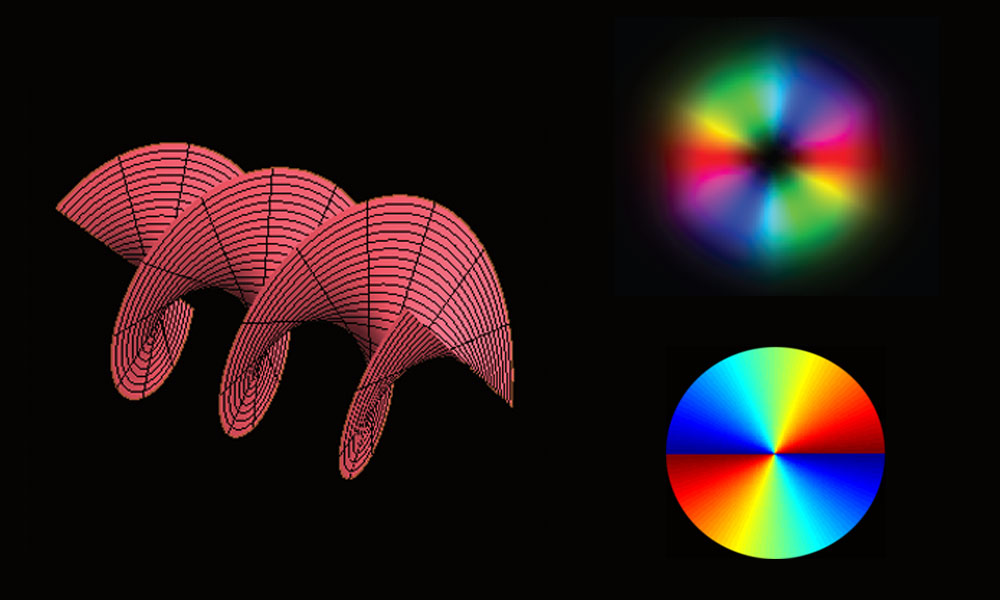
New approach uses “twisted light” to increase the efficiency of quantum cryptography systems
Rochester researchers and their collaborators have developed a way to transfer 2.05 bits per photon by using “twisted light.” The new approach doubles the 1 bit per photon that is possible with current systems that rely on light polarization and could help increase the efficiency of quantum cryptography systems.

National tech leaders to advise University’s new Institute for Data Science
A ten-member advisory committee made up of representatives from leading high-technology companies, industry and academia will meet for the first time this week.

Renowned expert to describe breakthroughs in data science
Eric Horvitz, director of Microsoft Research, will show how breakthroughs in the new field of data science are solving previously intractable problems in clinical medicine, public health, transportation, disaster recovery, and many other areas.
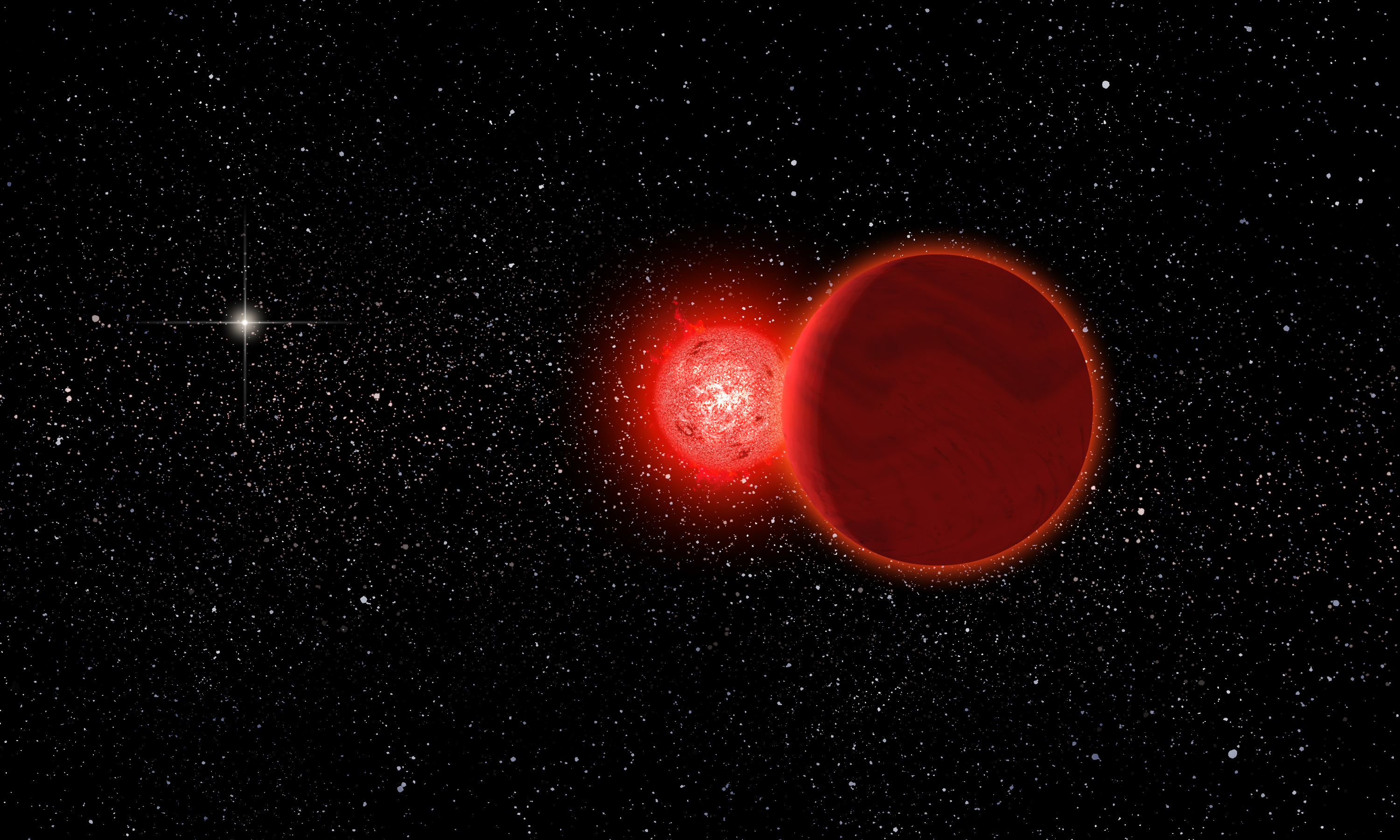
A close call of 0.8 light years
A recently discovered dim star likely passed some 70,000 years ago through our solar system’s distant cloud of comets known as the Oort Cloud. No other star is known to have ever approached our solar system this closely.

A picture is worth 1000 words, but how many emotions?
During a political campaign voters will often share their views through pictures posted on social media. A human could recognize one as being a positive portrait of the candidate and the other one negative. Professor Jiebo Luo and his collaborators are training computers to make the same assessments.
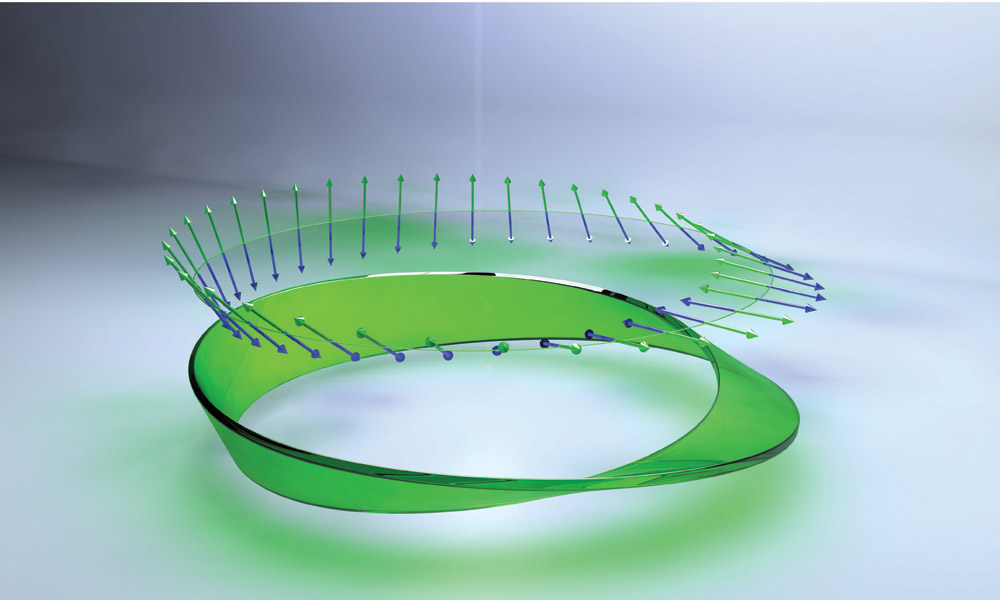
Generating Möbius strips of light
A collaboration between researchers from Canada, Europe, and Rochester has experimentally produced Möbius strips from the polarization of light, confirming a theoretical prediction that it is possible for light’s electromagnetic field to assume this peculiar shape.
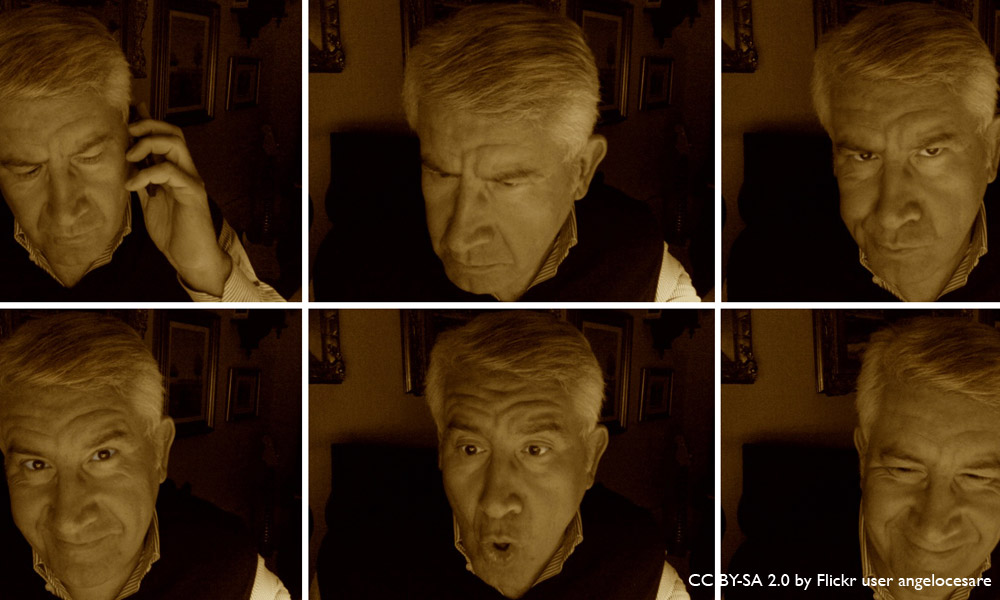
New app would monitor mental health through “selfie” videos, social media
In a paper to be presented this week at the American Association for Artificial Intelligence conference in Austin, Texas, computer science professor Jiebo Luo and his colleagues describe a computer program that can analyze “selfie” videos recorded by a webcam as the person engages with social media.
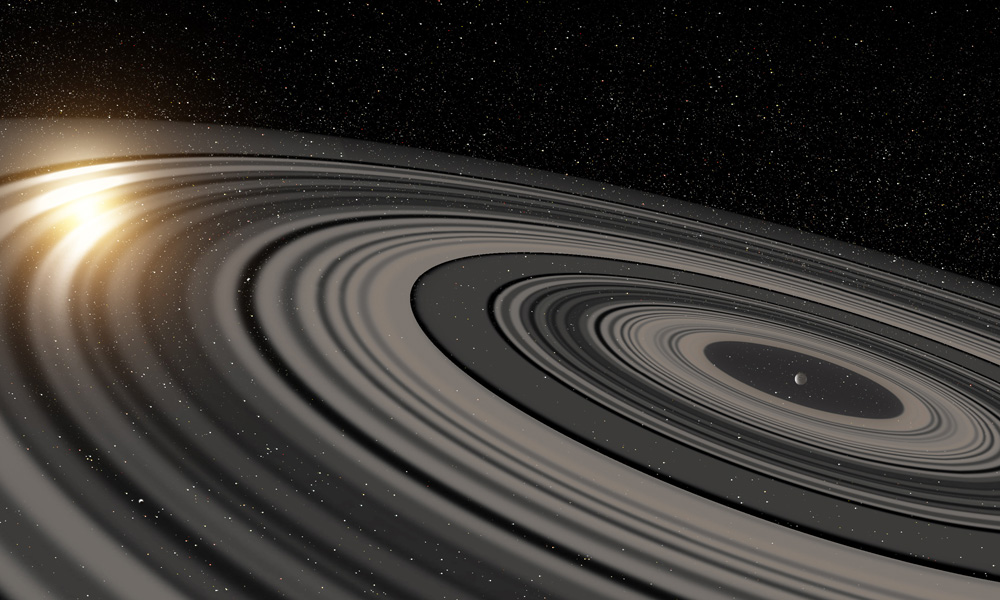
Gigantic ring system around J1407b much larger, heavier than Saturn’s
Rochester astronomers, along with colleagues at the Leiden Observatory in the Netherlands have discovered that the ring system that they see eclipse the very young Sun-like star J1407 is of enormous proportions, much larger and heavier than the ring system of Saturn.

Laser-generated surface structures create extremely water-repellent metals
Scientists at the Institute of Optics have used lasers to transform metals into extremely water repellent, or super-hydrophobic, materials without the need for temporary coatings.
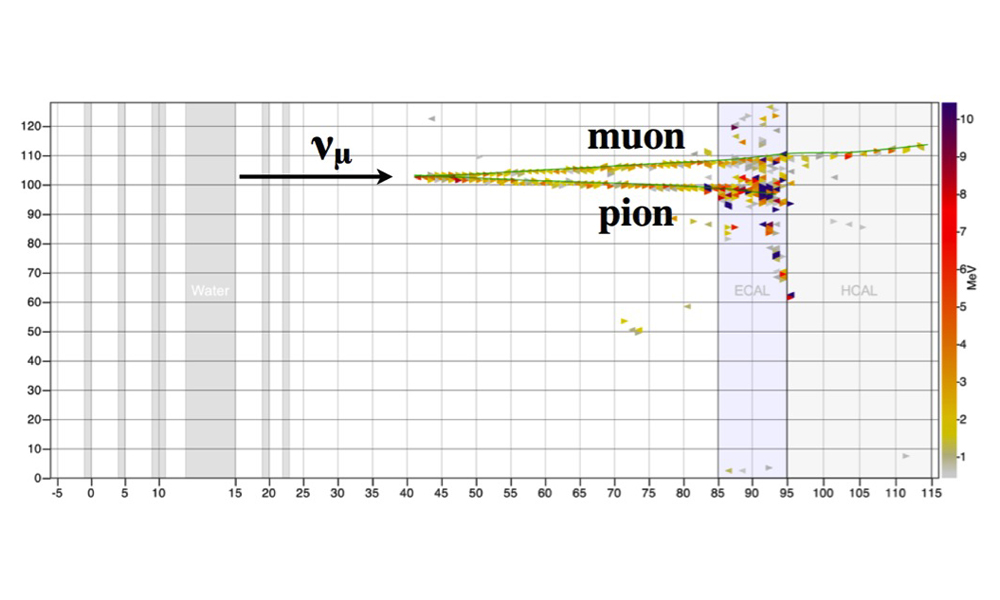
Researchers show neutrinos can deliver not only full-on hits but also ‘glancing blows’
In what they call a “weird little corner” of the already weird world of neutrinos, physicists have found evidence that these tiny particles might be involved in a surprising reaction. In an experiment conducted with the international MINERvA collaboration at Fermilab, physics professor Kevin McFarland and his students and colleagues provide evidence that neutrinos can sometimes interact with a nucleus but leave it basically untouched, resulting in a new particle being created out of a vacuum.
